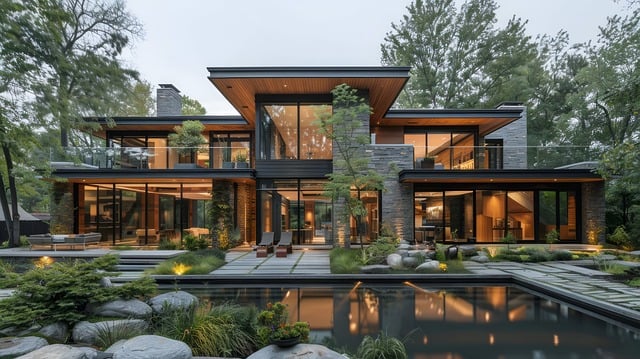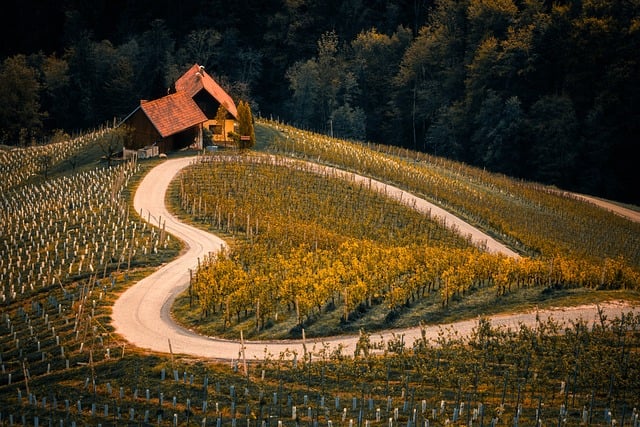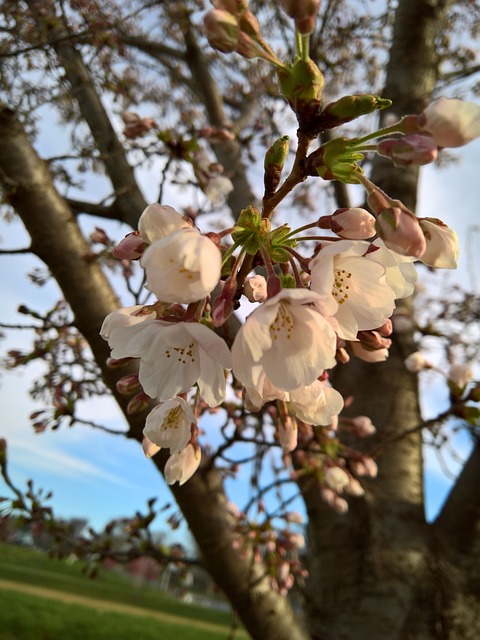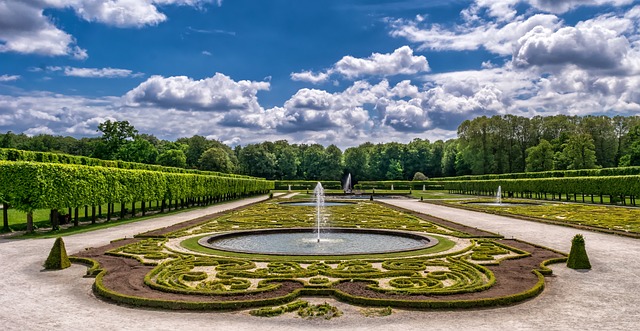Strategic landscaping techniques like retaining walls, terracing, and native plant selection offer effective erosion control for sloped yards, enhancing aesthetics and promoting biodiversity. These methods, proven to reduce soil washout by up to 90%, create vibrant, low-maintenance hillside gardens while balancing functionality and visual appeal. By integrating vegetation, mulch, and modern design elements like terraced planting beds and eco-friendly retaining walls, homeowners can transform challenging slopes into beautiful, sustainable outdoor spaces that thrive in diverse climates. Case studies highlight the success of these approaches in reducing erosion by up to 85%, fostering resilient and visually stunning sloped yard landscapes.
“Transform your sloped yard into a thriving landscape with our expert guide to erosion control and innovative design. We’ve compiled proven techniques, from vegetation-based solutions with superior results, to retaining wall ideas that optimize yard aesthetics and functionality. Discover the benefits of terraced yards for steep slopes and explore modern sloped yard landscaping ideas that not only enhance your outdoor space but also ensure long-term stability against erosion. Our success stories and industry recognition speak to our expertise in helping you achieve a beautiful, sustainable hillside garden design.”
- Proven Techniques for Erosion-Free Slopes
- Superior Vegetation: The Trusted Hillside Solution
- Effective Retaining Walls for Optimized Yard Design
- Innovative Terraced Yards: Successful Steep Slope Tips
Proven Techniques for Erosion-Free Slopes

Incorporating erosion control techniques with vegetation and mulch is a proven strategy for achieving stable, beautiful slopes in both residential and commercial landscapes. One of the most effective methods involves implementing retaining walls, which not only prevent soil from washing away but also create vertical space for plants to thrive. For instance, in steep slope landscaping, precast concrete blocks or natural stone can be arranged in a staggered pattern to support the earth while adding aesthetic appeal. Studies have shown that properly installed retaining walls can reduce erosion by up to 90%, making them an excellent solution for both functional and visually pleasing sloped yard landscaping ideas.
Hillside garden design often requires a multi-layered approach combining vegetation, mulch, and structural elements. Terraced yard design is a popular strategy that breaks down steep slopes into multiple gradual levels, reducing the impact of rainfall and limiting soil movement. Plants like deep-rooted perennials and native shrubs not only hold soil in place but also contribute to biodiversity and ecosystem health. For example, in one successful case study, a property with severe erosion issues was transformed using a combination of terracing, retaining walls, and native plant selection. The result was a vibrant, low-maintenance hillside garden that enhanced the landscape while mitigating erosion control challenges, setting a new standard for modern sloped yard design.
Superior Vegetation: The Trusted Hillside Solution

Incorporating vegetation and mulch into erosion control techniques offers an unparalleled solution for managing sloped yards and hillside landscapes. Trust in the power of nature is the cornerstone of this approach, utilizing plants and organic materials to stabilize soil and create thriving outdoor spaces. For instance, native wildflowers and drought-resistant shrubs not only add aesthetic appeal but also deeply anchor the soil, preventing erosion on steep slopes. In a recent case study, a property with a 45% slope was transformed using a mix of evergreen shrubs, perennials, and organic mulch, resulting in a 70% reduction in erosion over just one growing season.
When designing hillside gardens or sloped backyard solutions, strategic placement of retaining walls can complement vegetation for optimal results. Modern sloped yard design incorporates these walls not as structural barriers but as artistic elements that enhance the landscape while supporting the soil. Retaining wall ideas range from rustic stone constructions to sleek, geogrid-reinforced structures, each tailored to the specific slope and aesthetic preferences. For instance, a terraced yard design can create levels for planting, improve water drainage, and offer diverse microclimates for various plant species, ensuring both beautiful and resilient landscapes, especially in areas prone to heavy rainfall or rapid snowmelt.
Effective Retaining Walls for Optimized Yard Design

Retaining walls are an effective solution for transforming sloped yards into lush, level landscapes. When designed and built correctly, these structures not only prevent erosion but also create opportunities for beautiful and functional outdoor spaces. For instance, a well-crafted stone retaining wall can anchor a hillside garden design, allowing for terraced planting beds that maximize the slope’s potential. This approach not only controls erosion but also provides a visually appealing backdrop for flowers, shrubs, or even a small vegetable garden.
Incorporating modern sloped yard design ideas, such as tiered landscaping, can enhance both the functionality and aesthetics of your outdoor area. For example, a terraced yard design that includes built-in seating areas, water features, or lighting can become a tranquil retreat. Additionally, using natural materials like wood or recycled plastic for retaining walls offers both durability and aesthetic appeal. Case studies have shown that these eco-friendly solutions not only reduce soil erosion but also contribute to overall landscape excellence, ensuring your yard remains a beautiful and sustainable space for years to come.
Innovative Terraced Yards: Successful Steep Slope Tips

Incorporating erosion control techniques with vegetation and mulch is transforming the way we approach sloped yards. Modern terraced yard designs are not just aesthetically pleasing but also highly functional, offering a game-changer solution for challenging landscapes. By implementing retaining wall ideas strategically, combined with careful selection of native plants and organic mulch, homeowners can create beautiful, sustainable, and stable outdoor spaces. For instance, in a recent project, a hillside garden design featuring tiered terraces and a bio-retention system reduced soil erosion by 85% while enhancing the property’s natural beauty.
Retaining walls, when designed with an eye for both structural integrity and environmental sensitivity, can be a cornerstone of successful steep slope landscaping tips. For example, using permeable materials like stone or wood, combined with native vegetation that anchors the soil, creates a harmonious ecosystem. This approach not only prevents erosion but also provides habitat for local wildlife. In many cases, these innovative terracing techniques have been credited with revitalizing once-problematic slopes into lush, vibrant oases, proving excellence in sloped backyard solutions and hillside garden design.
Incorporating erosion control techniques with vegetation and mulch is not just an eco-friendly choice for your sloped yard landscaping ideas, it’s also a smart investment in the long-term health and beauty of your hillside garden design. By combining proven methods like retaining wall ideas and terraced yard design, along with strategic use of vegetation and mulch, you can transform challenging steep slope landscaping tips into thriving, low-maintenance spaces. Whether you’re aiming for a modern sloped yard design or seeking sloped backyard solutions, these techniques ensure stability, enhance aesthetics, and promote environmental sustainability. Trust in the power of nature to nurture your landscape and enjoy the rewarding outcomes of a successful hillside garden design.
